Disclosure: This article contains affiliate links. We may earn a commission from purchases at no extra cost to you, which helps our travel content.
The first time I felt the warm Vietnamese breeze against my face while zipping along coastal roads toward Mui Ne, I knew this wasn't just another pottery pilgrimage—it was pure freedom. After three visits to this stunning beach destination, I've navigated every transportation option between Ho Chi Minh's chaotic streets and Mui Ne's serene shores. Whether you're chasing red sand dunes or hunting for traditional Vietnamese ceramics like I was, getting there is half the adventure. Grab your backpack, fellow wanderer—I'm about to break down exactly how to make this journey like a local (with considerably less stress than my first attempt).
The Sleeper Bus Experience: Budget-Friendly But Bumpy
Let's talk story about sleeper buses, the most popular way to reach Mui Ne from Ho Chi Minh City. For around 150,000-250,000 VND ($6-10 USD), you'll get a reclining seat-bed for the 4-5 hour journey. Fair warning: if you're over 5'5" like my travel buddy Leilani, you might find yourself folded like origami paper.
My go-to companies are Sinh Tourist and Futa Bus (Phuong Trang) for their reliability and safety records. Book at least a day ahead during peak seasons—I learned this lesson the hard way during Tết holiday when I spent three extra days in HCMC because everything was booked solid!
Most buses depart from either District 1 or the Eastern Bus Terminal (Bến Xe Miền Đông). Pro tip: choose morning departures if possible. Night buses sound romantic but arriving at 3 AM in Mui Ne with no transportation to your accommodation is not the vibe. Trust me on this one.
For comfort during the journey, I never travel without my travel neck pillow and some motion sickness bands. The winding coastal roads can test even the strongest stomachs!

💡 Pro Tips
- Book tickets 1-2 days in advance during high season (December-April)
- Choose seats in the middle of the bus for the smoothest ride
- Download maps offline before departure as bus WiFi is unreliable
Private Car or Taxi: Comfort Comes at a Price
When I was traveling with ceramics from a workshop in Bát Tràng, I splurged on a private car to avoid the heartbreak of broken pottery. Expect to pay between 1,200,000-2,000,000 VND ($50-85 USD) for door-to-door service, but the comfort and flexibility are worth every đồng.
Booking through your accommodation often gets you better rates than street taxis. My favorite option is using the Grab app (Southeast Asia's Uber) to book a car—it eliminates language barriers and ensures fixed pricing. The journey takes about 4 hours with a private vehicle, and drivers are usually willing to make bathroom or photo stops along the way.
If you're splitting costs with friends, this option becomes surprisingly affordable. Plus, you can request specific stops—like when I convinced my driver to detour to a roadside pottery village I spotted on Google Maps. That detour led me to the most beautiful hand-painted rice bowls that now grace my San Francisco apartment!
For longer journeys like this, I always pack my insulated water bottle to stay hydrated without creating plastic waste. Vietnam's tropical climate demands constant hydration!
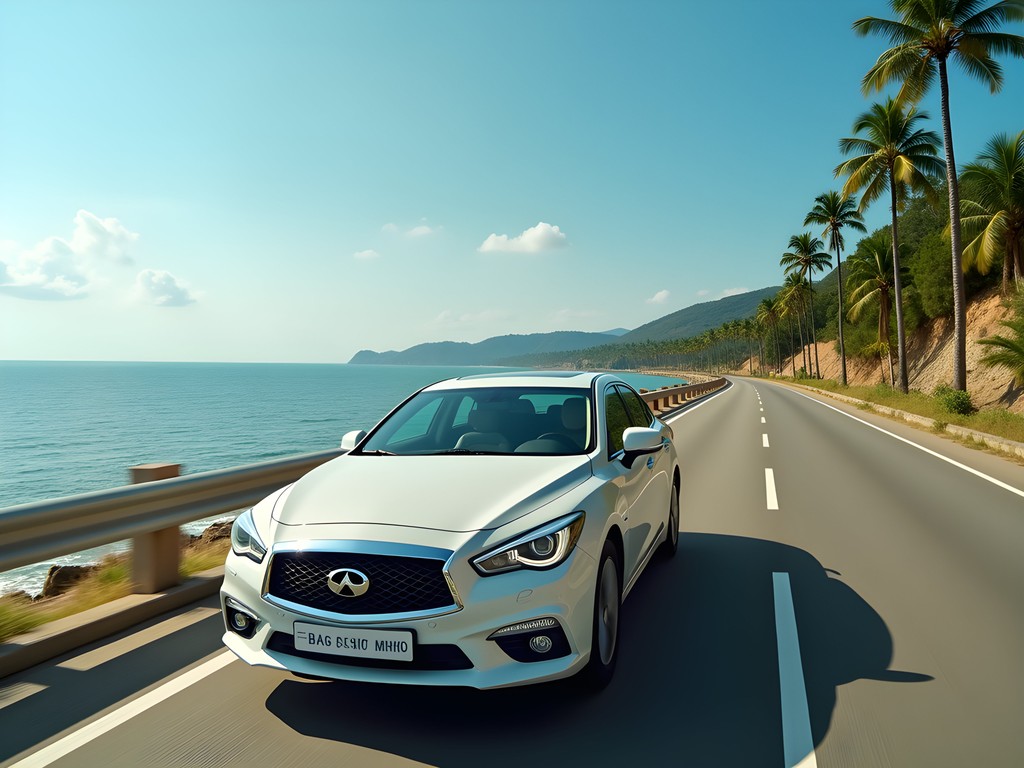
💡 Pro Tips
- Use the Grab app for transparent pricing and to avoid communication issues
- Ask your hotel to negotiate rates with local drivers for better prices
- Confirm if tolls are included in your quoted price
Train Travel: The Scenic Route Less Taken
The train option feels like Vietnam's best-kept transportation secret. While slightly longer (about 5-7 hours), the Reunification Express train from Saigon Railway Station to Phan Thiet offers unparalleled coastal views and a glimpse into local life that buses simply can't match.
Tickets cost 175,000-250,000 VND ($7-11 USD) for soft seats, which I highly recommend over hard seats for this journey length. Book through the official Vietnam Railways website or at the station at least a day ahead. The challenge? Phan Thiet station is about 15km from Mui Ne's main beach area, so factor in an additional taxi ride (around 150,000-200,000 VND).
During my last trip, I brought my portable espresso maker and enjoyed freshly brewed coffee while watching fishing villages pass by my window. Talk about luxury! The gentle rocking of the train also makes it perfect for sketching pottery designs or catching up on reading.
One major advantage of train travel is the generous luggage allowance—perfect if you're like me and tend to accumulate ceramics, textiles, and other treasures along your journey. Just be prepared for potential delays, as Vietnamese trains don't always run on schedule.
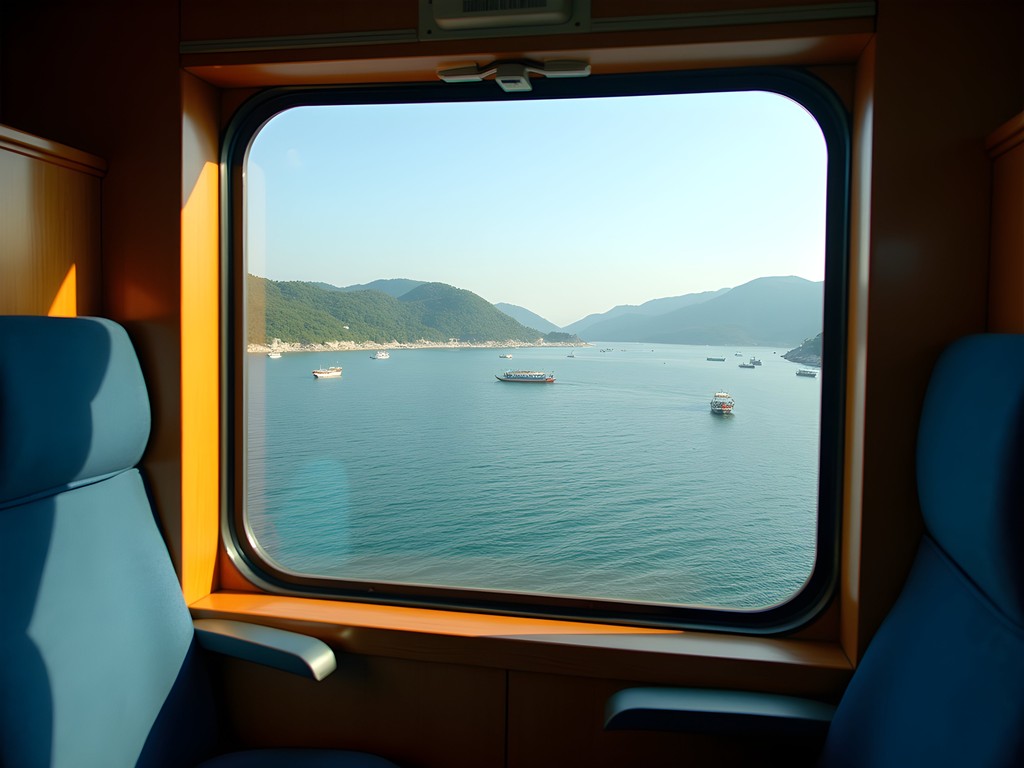
💡 Pro Tips
- Choose soft seats or soft berths for longer comfort
- Bring snacks and water as train food options are limited
- Download entertainment as there's no WiFi and cellular signal can be spotty
Motorbike Adventure: For the Bold and Experienced
For my fellow adventure souls, renting a motorbike in Ho Chi Minh and riding to Mui Ne delivers the ultimate freedom experience. This isn't for transportation newbies—Vietnamese traffic requires confidence, experience, and nerves of steel (especially in HCMC). But once you escape the city, the coastal route unfolds like a dream.
Rent from reputable shops like Tigit Motorbikes or Rent A Bike Vietnam, which offer quality bikes and allow one-way rentals (for around $25-40 USD per day). The journey takes 5-6 hours, so start early and plan for breaks. The QL1A highway has decent road conditions, but stay alert for trucks and local traffic behavior that might seem... creative.
When I did this route, I packed light and wore my motorcycle riding gloves for safety and comfort. A quality microfiber travel towel also came in handy for wiping down the seat after rain showers and for impromptu beach stops along the way.
This option gives you the freedom to discover hidden pottery villages and roadside food stalls that no tour bus would ever stop at. My favorite memory? Finding a family-run ceramic workshop where three generations were creating traditional dragon-motif vases. I would have zoomed right past in a bus or train.

💡 Pro Tips
- Wear a proper helmet and protective gear regardless of what locals do
- Download offline maps and plan your route with rest stops
- Carry cash for fuel stops as many rural stations don't accept cards
Getting Around Mui Ne Once You Arrive
Once you've made it to Mui Ne, transportation options slim down considerably. The area is essentially one long strip of development along the coast, with most resorts and attractions scattered along a 10km stretch.
Grab works in Mui Ne but with limited drivers. For day trips to the famous sand dunes or Fairy Stream, either book tours through your accommodation (around 300,000-500,000 VND/$13-22 USD) or rent a motorbike locally (about 150,000 VND/$6 USD per day).
During my ceramic hunting expeditions, I found that having my own transportation was invaluable. Local pottery villages like Phan Thiet's traditional pottery community aren't on tourist maps, and having the freedom to explore led me to incredible artisans working with techniques passed down for generations.
For exploring the area's attractions, I highly recommend bringing a waterproof phone pouch for those inevitable water adventures and sand dune excursions. The red and white sand dunes are photographer's dreams but notoriously tough on electronics!
If you're not comfortable on a motorbike, negotiate with local taxi drivers for a half or full-day rate. Establish clear pricing upfront and consider asking your accommodation to help arrange this to avoid miscommunications. Howzit possible to enjoy Mui Ne without some form of private transportation? Difficult, but not impossible if you stick to nearby attractions.

💡 Pro Tips
- Learn basic Vietnamese phrases for directions and negotiating
- Take photos of your accommodation's business card to show drivers
- Rent motorbikes only if you have previous experience - Mui Ne's roads are not for beginners
Final Thoughts
After multiple trips between Ho Chi Minh City and Mui Ne, I've learned that each transportation option offers a different perspective on Vietnam's stunning landscape and culture. Buses provide practicality, trains offer scenery, private cars deliver comfort, and motorbikes unlock pure adventure. Your choice should reflect not just your budget, but what kind of experience you're seeking.
For solo travelers, I'd recommend starting with the sleeper bus for simplicity, then renting a motorbike locally once you arrive in Mui Ne. This combination gives you the security of organized transport for the long journey while still providing freedom to explore at your destination.
Remember that in Vietnam, transportation isn't just about getting from point A to B—it's part of the cultural experience. Embrace the occasional chaos, practice patience when schedules shift, and you'll discover that these journeys become some of your most vivid memories.
As we say in Hawaii, a hui hou (until we meet again) on Vietnam's beautiful roads! I hope your journey to Mui Ne reveals not just stunning landscapes but also connects you with the incredible artisans and makers who keep traditional crafts alive in this rapidly changing country.
✨ Key Takeaways
- Sleeper buses offer the best balance of cost and convenience for most travelers
- Book transportation at least one day in advance, especially during high season
- Consider your luggage situation when choosing transportation methods
- Having your own transport in Mui Ne significantly enhances your experience
- The journey itself can be as memorable as the destination if you approach it with the right mindset
📋 Practical Information
Best Time to Visit
November to April (dry season)
Budget Estimate
$30-50 USD per day excluding accommodation
Recommended Duration
3-5 days
Difficulty Level
Easy


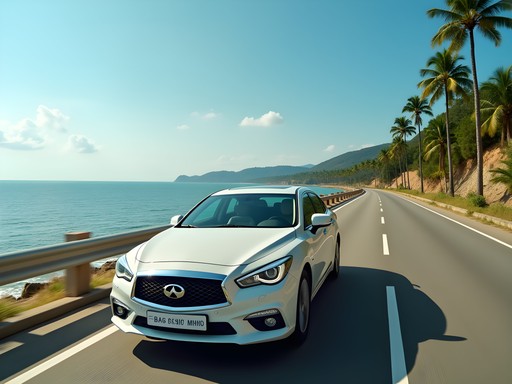
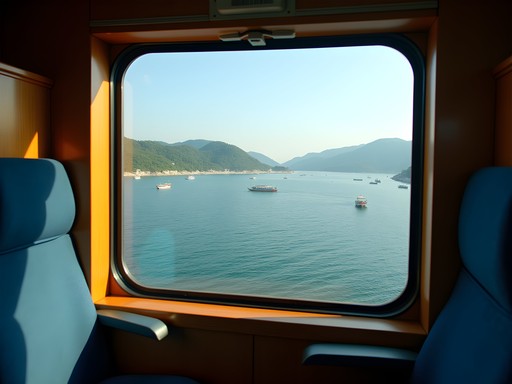




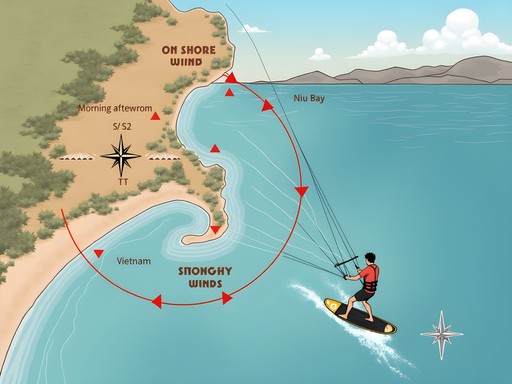







Comments
skyvibes
We did this journey last week and ended up splurging on a private car after reading your post. Best decision ever! Our driver stopped at some amazing roadside stands for fresh coconut and local snacks. The car was spotless and had great A/C. We used travel pillow which made napping super comfortable during the drive. The extra cost was worth every dong for the convenience and comfort, especially with all our luggage. Thanks for helping us make the right choice, Paisley!
dreamone
Is it really worth renting a motorbike for this route? I'm tempted but nervous about safety.
beachpro
I wouldn't recommend it unless you're VERY experienced. Traffic is chaotic and the highway sections are dangerous. Take the bus or train for your first visit!
Paisley Gonzales
I agree with beachpro - the motorbike option is really only for experienced riders. The coastal sections are stunning but the highway parts can be terrifying with trucks passing at high speeds. Plus, you need a proper license and insurance. The sleeper bus is a great first-timer option!
wanderlustlife
Those sleeper buses are an adventure in themselves! Great post!
Taylor Moreau
Excellent breakdown of the options, Paisley. I've been traveling to Vietnam quarterly for business since 2018, and I always opt for the private car service when heading to Mui Ne. The extra cost is worth it for the comfort and time savings, especially when you're on a tight schedule. I recommend booking through your hotel rather than street taxis - they have established relationships with reliable drivers and fixed pricing. For those considering the train, note that you'll need additional transport from Phan Thiet station to Mui Ne beach (about 20-25 minutes by taxi).
dreamone
Hi Taylor, do you have a specific car service you recommend? Going next month for the first time!
Taylor Moreau
I typically use Mai Linh or Vinasun when in HCMC. For the Mui Ne route, ask your hotel to arrange it - usually around $50-60 USD each way. Worth every penny for the 4-hour direct journey.
beachpro
Just got back from Vietnam last month and took the sleeper bus from HCMC to Mui Ne. Those beds are NOT made for tall people lol! My legs were cramped the whole way, but for $15 I can't really complain. The coastal views made up for it. One tip: bring motion sickness pills if you're sensitive. Those mountain roads are no joke!
skyvibes
Did you feel safe on the sleeper bus? I've heard some horror stories about the driving...
beachpro
It was actually fine safety-wise! Driver seemed experienced with the roads. Just bring earplugs because they honk A LOT.
Fatima Sims
Reading this brought back so many memories! I actually combined options when I visited - took the train there (absolutely gorgeous coastal views) and then a private car back when I was exhausted from all that kitesurfing. One thing to note about the trains - they're comfortable but don't expect luxury. The bathrooms can get pretty grim by the end of the journey! Worth bringing hand sanitizer and wet wipes. The food vendors that hop on at various stops have some amazing local snacks though - try the bánh bao if you get a chance! Anyone planning on staying at the beachfront resorts should know they're a bit far from the main town, so factor in transport costs if you want to explore.
photogal
Those bánh bao are life-changing! I still dream about them!
coolclimber
Just booked my sleeper bus tickets after reading this! Wish me luck lol
wanderlustvibes
Bring earplugs and download some movies! You'll need both 😅
photogal
Pro tip: download maps.me before going! Cell service can be spotty on the route and it works offline.
Kimberly Murphy
Brilliant breakdown of the options, Paisley! I did the motorbike journey last summer and it was LIFE-CHANGING! For anyone considering it, the coastal route is stunning but don't underestimate the traffic around HCMC - it's absolutely mental! I'd recommend leaving super early (like 5am) to avoid the worst of it. Also, make sure you have a proper riding jacket - the sun is brutal and safety first! Mui Ne's winds made for an epic kitesurfing adventure once I arrived. Thanks for bringing back amazing memories!
sunsetlife
Those red sand dunes in your photos are amazing! 😍
Venture X
Premium card with 2X miles, $300 travel credit, Priority Pass